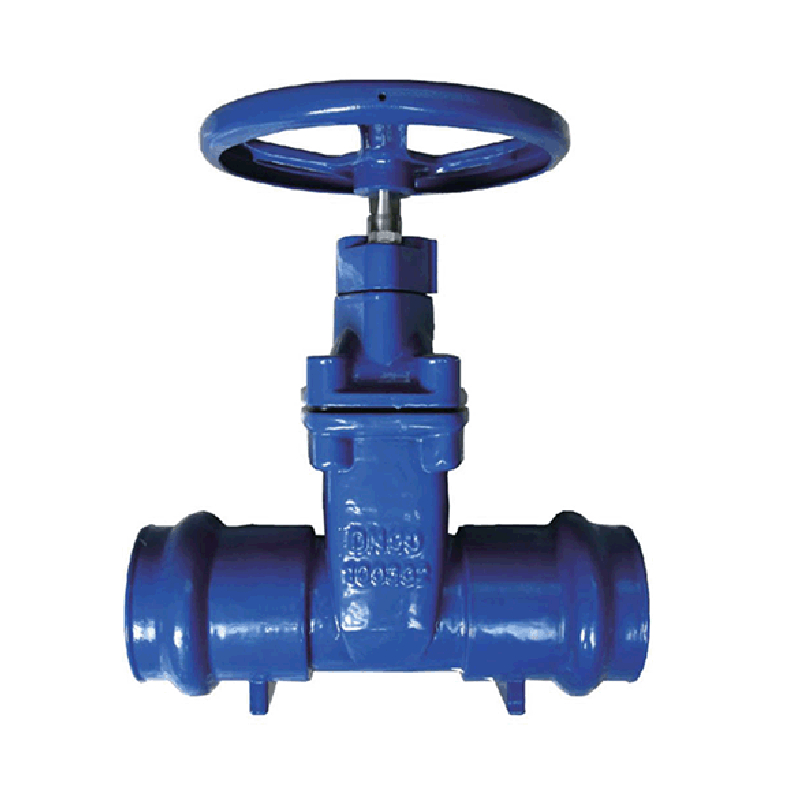Nov . 27, 2024 12:14 Back to list
Understanding the Functionality and Benefits of Double Swing Check Valves
Double Swing Check Valve A Comprehensive Overview
In the realm of fluid control systems, the double swing check valve is a critical component recognized for its efficiency and reliability. This valve type plays an essential role in preventing backflow in pipelines, ensuring that fluids flow in one direction only. Understanding the design, functionality, advantages, and applications of double swing check valves is crucial for engineers and system designers.
Design and Functionality
The double swing check valve, as the name implies, features two swinging discs that operate on a hinged mechanism. When fluid flows through the valve, the discs open, allowing the fluid to pass. However, if there is any attempt for the fluid to reverse direction, the discs close against the seat, effectively preventing any backflow. This dual-disc design allows for minimal pressure drop when the valve is in the open position, making it particularly advantageous in high-flow applications.
The materials used in the construction of these valves typically include ductile iron, stainless steel, and various plastics, depending on the specific application requirements such as flow rate, temperature, and chemical compatibility. The choice of materials is vital as it affects the durability, corrosion resistance, and overall performance of the valve.
Advantages of Double Swing Check Valves
1. Low Pressure Drop One of the most significant benefits of double swing check valves is their ability to provide a low pressure drop across the valve when opened. This feature is crucial in applications requiring minimal energy loss in pipes.
2. High Flow Capacity The design of the double swing check valve allows for a high flow capacity, making it ideal for large-scale industrial applications, wastewater treatment plants, and municipal water supply systems.
3. Durability and Reliability Constructed from robust materials, these valves are designed to withstand harsh operational conditions, making them reliable for long-term use in various environments.
double swing check valve

4. Reduced Water Hammer Effect Compared to single-disc designs, double swing check valves significantly reduce the water hammer effect, which is a pressure surge that can cause damage to piping systems. The balanced closure provided by the dual discs helps mitigate this issue.
5. Self-Cleaning Mechanism The design often allows for a self-cleaning mechanism as the fluid flow helps keep the seating surfaces clear of debris, thus maintaining integrity and extending the valve's lifespan.
Applications
Double swing check valves find applications across a broad range of industries. In municipal water systems, they are commonly used to prevent backflow into drinking water supplies, ensuring the potable nature of the water. In wastewater treatment facilities, these valves help manage the flow of sewage and prevent contamination.
In the oil and gas sector, double swing check valves are invaluable for pipeline safety, ensuring that crude oil and natural gas flow in a designated direction and preventing leakage. They are also used in power plants for cooling water systems, chemical processing industries, and HVAC systems.
Conclusion
In conclusion, the double swing check valve is an integral part of modern fluid management systems. Its unique design facilitates efficient flow control while ensuring system integrity by preventing backflow. Engineers and designers must consider these valves for their reliability, low pressure drop, and high flow capacity when designing fluid systems. As industries continue to evolve, the demand for effective fluid management solutions will remain high, solidifying the role of double swing check valves in various applications.
Understanding their functionality and advantages can guide professionals in making informed decisions for optimizing operational efficiency and safety in fluid control systems. Whether in municipal infrastructures or complex industrial processes, the double swing check valve stands out as a vital component in the engineering toolkit.
Share
-
Reliable Wafer Type Butterfly Valves for Every IndustryNewsJul.25,2025
-
Reliable Flow Control Begins with the Right Ball Check ValveNewsJul.25,2025
-
Precision Flow Control Starts with Quality ValvesNewsJul.25,2025
-
Industrial Flow Control ReliabilityNewsJul.25,2025
-
Engineered for Efficiency Gate Valves That Power Industrial PerformanceNewsJul.25,2025
-
Empowering Infrastructure Through Quality ManufacturingNewsJul.25,2025